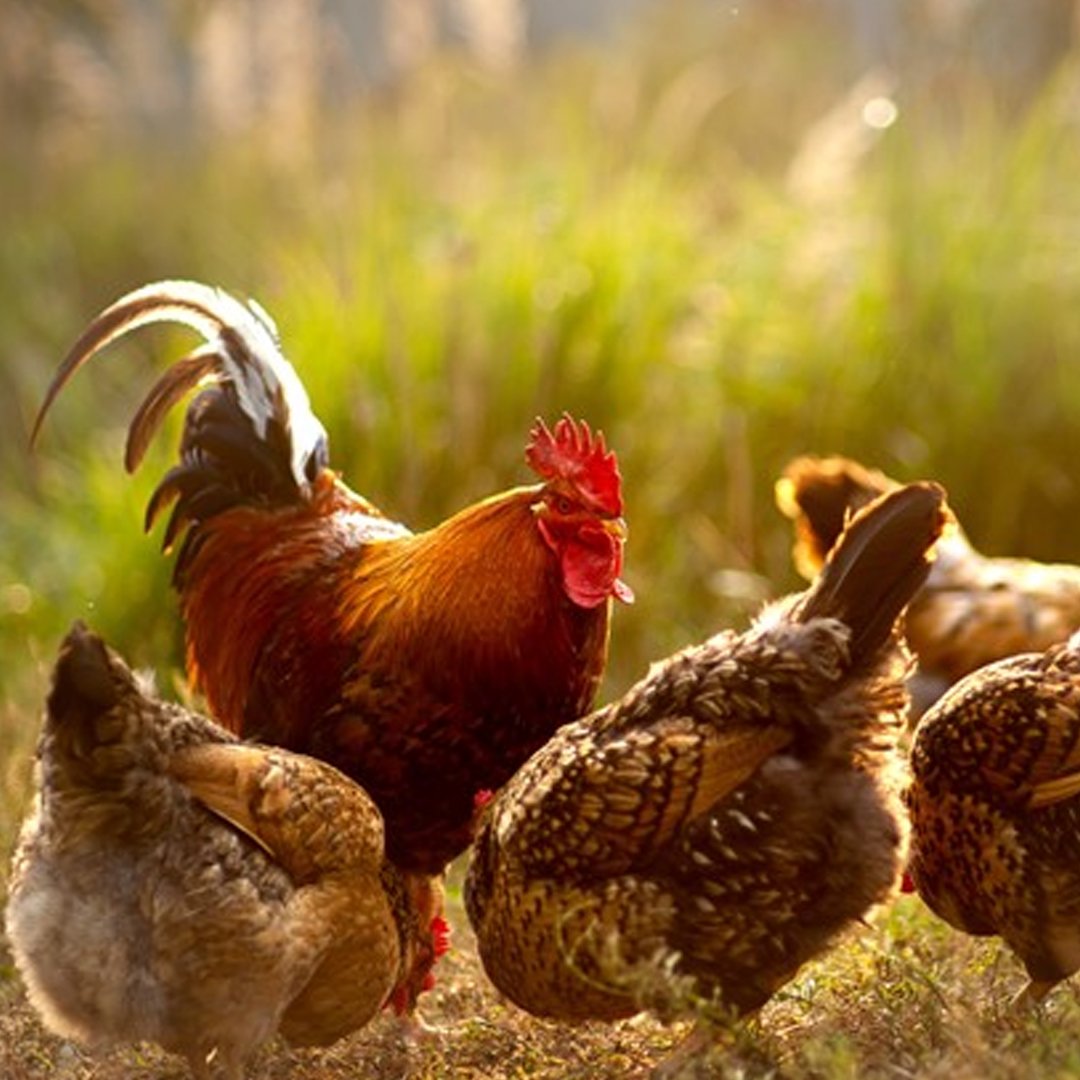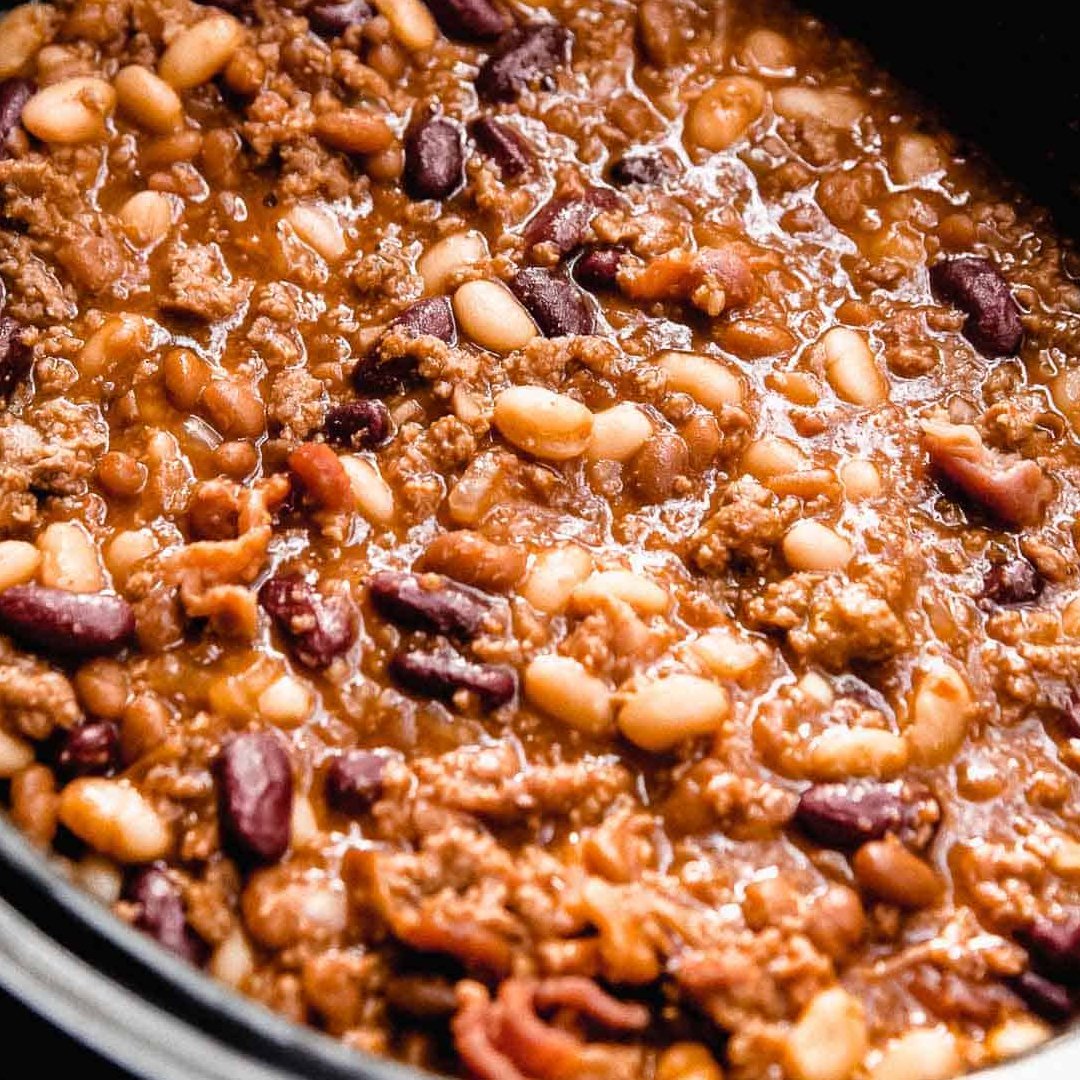The Centers for Disease Control and Prevention (CDC) is investigating a salmonella outbreak throughout 29 states that is connected to outside chicken, which include fowl and geese. More than 100 salmonella instances have been suggested throughout the U.S. After many human beings say they’ve are available in touch with outdoor fowl or purchased rooster from both retail stores and hatcheries.
The CDC has been monitoring salmonella instances in view that February, and as of May 30, 33 people were hospitalized, but no deaths had been mentioned. The outbreak has reportedly inflamed people in Alabama, Arizona, Arkansas, California, Colorado, Georgia, Illinois, Indiana, Kansas, Louisiana, Massachusetts, Minnesota, Mississippi, Missouri, Montana, Nebraska, New Mexico, North Carolina, Ohio, Oklahoma, Oregon, Pennsylvania, Rhode Island, South Carolina, Tennessee, Texas, Utah, Washington, and Wisconsin.
At this time, one poultry supplier can’t be recognized as the basis of the outbreak, so the CDC is urging absolutely everyone who comes into touch with backyard fowl to live vigilant about safety measures.
Read More:- Ice Cube Tray Pancakes Hack
Backyard Poultry Linked to Salmonella Outbreak Nationwide
Any backyard poultry can deliver salmonella germs, in step with the CDC, which means you can turn out to be inflamed if you swallow those germs after touching outdoor poultry or some thing they’ve touched, then touching your mouth or food.
To keep yourself wholesome around backyard poultry, the CDC recommends washing your fingers after touching the fowl, their eggs, or anything else within the location—and do no longer kiss or snuggle the animals or consume or drink whatever at the same time as you’re around them. Additionally, the CDC advises that any elements, which includes the shoes you wear in the fowl coop, should be left outside of your house and well disinfected.
If you gather the rooster’s eggs, make sure to collect them regularly and constantly throw away cracked eggs as germs from the shell can get inner. Before eating or selling the eggs, smooth them with a broom or cloth as opposed to water, in view that cold water can let germs into the egg. And, always store eggs inside the fridge to sluggish the boom of bacteria.
Cooking the eggs to the right 160 levels F temperature is also vital to kill any germs from the hen.
For more records on first-class practices for effectively elevating or selling outdoor fowl, you could visit the CDC’s site.
Salmonella Symptoms and Signs
Most people infected with salmonella will start experiencing signs among six hours and 6 days after swallowing the bacteria. If you have been in contact with outdoor chicken and are experiencing any of those signs, contact your healthcare issuer without delay.
Common salmonella contamination symptoms include diarrhea—generally bloody or lasting greater than three days—vomiting to the point you could’t hold beverages down, and dehydration. Most human beings will recover within 4 to seven days without remedy, but extra intense cases—especially in children, adults older than sixty five, and people with weakened immune structures—may require hospitalization.
If you’ve been infected with salmonella, take medical action first, then report it on your local or state fitness department.







